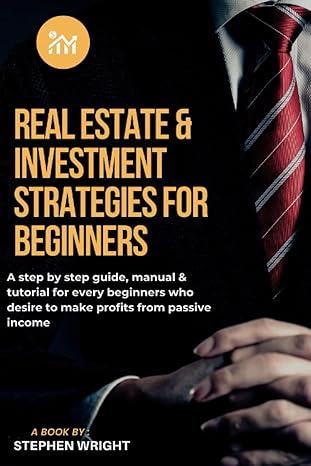Question
An investor is considering allocating $10,000 among five investment alternatives. The five alternatives and their respective fund categories, risk levels, and average annual returns are
An investor is considering allocating $10,000 among five investment alternatives. The five alternatives and their respective fund categories, risk levels, and average annual returns are shown below:
| Name of Fund | Category of Fund | Risk Level | Average Annual Return |
| Adams | Money Market Fund | 1 | 4.50% |
| Barney | Money Market Fund | 2 | 5.62% |
| Chilton | Bond Fund | 3 | 6.80% |
| Dunster | Bond Fund | 3 | 10.15% |
| Excelsior | Aggressive Growth Fund | 5 | 15.60% |
The risk level of each investment is rated on a scale of 1 to 5, where 1 is very conservative and 5 is very risky. The investor would like to maximize the average annual return on his investment subject to the following restrictions:
1. The average risk level of the entire investment should not exceed 2.5, the average here is a weighted average in terms of the amount of money invested in each fund.
2. 30%-35% of the investment should be placed in money market funds. In other words, you should invest at least 30% and at most 35% of the budget into the money market funds
3. At most $3,000 should be invested in the aggressive growth fund.
Construct and solve a linear optimization model to determine the optimal allocation of the investors money.
Step by Step Solution
There are 3 Steps involved in it
Step: 1

Get Instant Access to Expert-Tailored Solutions
See step-by-step solutions with expert insights and AI powered tools for academic success
Step: 2

Step: 3

Ace Your Homework with AI
Get the answers you need in no time with our AI-driven, step-by-step assistance
Get Started


